Your landscape can bring all the birdies to the yard if you have the right plants.
By providing songbirds with sustenance, you can attract them to your space for some backyard birding — a pastime we love because it doesn’t require travel, special equipment, or extra time.
You get to enjoy the magic of these beauties every time you have a moment to look out your window or have a little time to relax outside.
Of course, bird feeders are excellent for ensuring there is a constant supply of food for birds, but you can attract more species of songbirds to your yard by filling your feeders with a variety of nuts, berries, and fruits.
What’s more, adding food-bearing plants to your yard creates less competition for birds and makes your landscape even more beautiful.
This multipurpose greenery also allows you to spend less money on birdseed while working less to keep those feeders full.
Now that your garden is ready for the arrival of these beautiful birds, make sure to protect plants/crops that you don’t want birds to be attracted to. To stop birds eating grass seed, follow the guide and allow your garden to flourish!
1. Black-eyed Susans

With their bright yellow petals and dark centers, black-eyed Susans are an attractive perennial that will grace your yard with blooms from spring through fall. To keep them blooming prolifically, you will need to keep these flowers deadheaded during their most active growing season, but in the fall, leave those dry heads to attract stunning small songbirds, who love the seeds.
2. Elderberry
Elderberries are gorgeous bushes that will grow and bloom in partial shade but produce the most flowers and fruits in full sun. Native and cultivated varieties are available, providing small fruits that mature in the summer. While you can prune them yearly to keep them somewhat contained, they grow up to 13 feet tall, so you’ll need plenty of room for this beautiful plant. Elderberry bushes are an excellent option as a foundation plant in a landscape and are a favorite of fruit-loving birds, including orioles, catbirds, and tanagers.
3. Coneflower
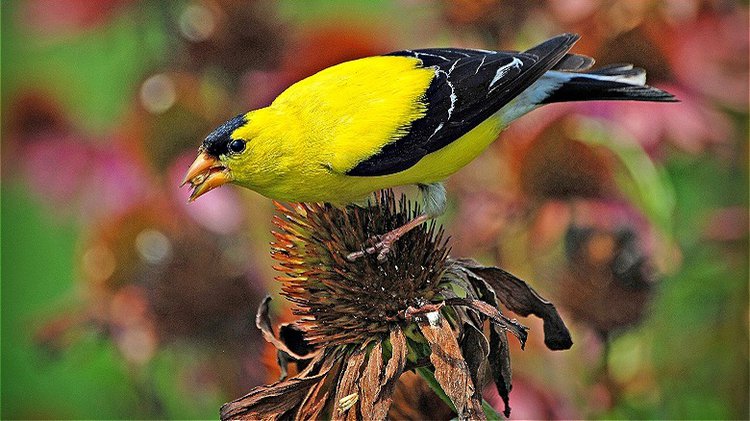
Coneflowers are closely related to black-eyed Susans, and birds love them for the same reason. While the native version is purple, these flowers have been cultivated to include red, orange, yellow, and white, so there’s an option to match the color palette of any manicured landscape. Leave the seed heads in the fall to attract colorful songbirds like goldfinches and cardinals.
4. Marigolds
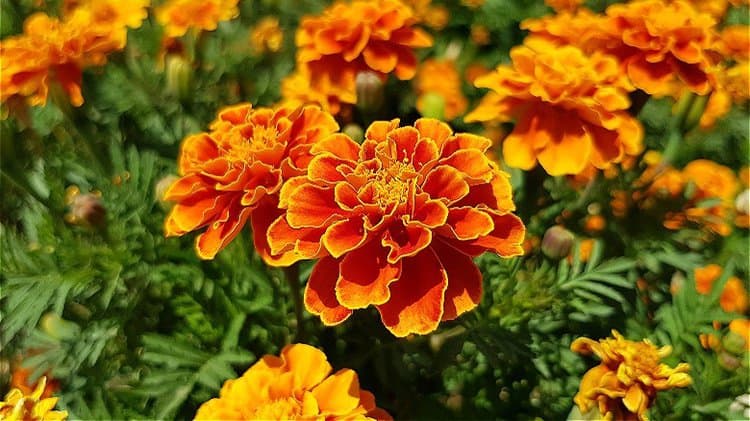
The pungent scent of marigolds is known to repel pests in the garden, the seeds left behind when a bloom fades are a favorite among juncos and sparrows. Available in bright shades of yellow and orange, with stunning combinations of colors, marigolds are super easy to grow, even for those who believe they have a black thumb. Plants are usually inexpensive and available at most garden centers in the spring, or they’re easily started by sprinkling seeds on bare soil.
5. Serviceberry
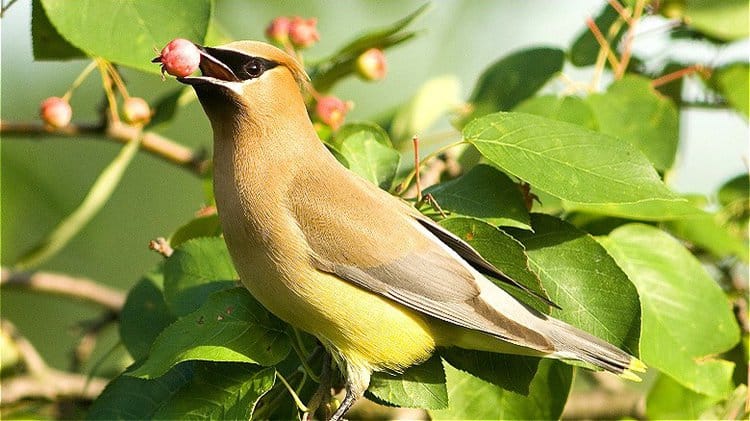
This bush goes by a number of names that vary by region. Also known as the saskatoon, Juneberry, wild pear, and other titles, the serviceberry is a bush that produces masses of flowers that progress into fruits tasty enough for humans and birds — whoever gets to them first! Depending on the cultivar, this plant can grow as a large bush or small tree, reaching heights between 15 and 45 feet.
6. Tithonia

Also known as Mexican sunflower, tithonia is not a true sunflower, but it does produce loads of beautiful blooms that benefit a wide variety of wildlife. These bright orange flowers are a favorite among hummingbirds, butterflies, and bees. When left to dry in the fall, the seed heads feed small-beaked, seed-loving birds like goldfinches. These annual flowers are drought-tolerant and easy to grow in full sun from seed. In fact, tithonia produces so many seeds, that you’ll likely only have to plant once to enjoy these gorgeous blooms for years.
7. American holly
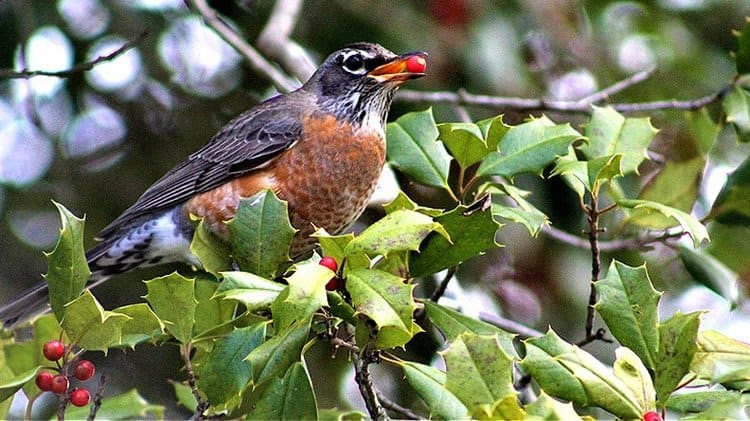
You can add year-round color to your landscape by planting American holly (Ilex opaca), a native evergreen that produces small red berries that songbirds love. In the landscape, this greenery can be pruned into hedges or grown into trees that reach 25 feet tall or more, depending on the region. Many birds enjoy the fruits of this plant, including robins, bluebirds, and cardinals.
8. Crabapple
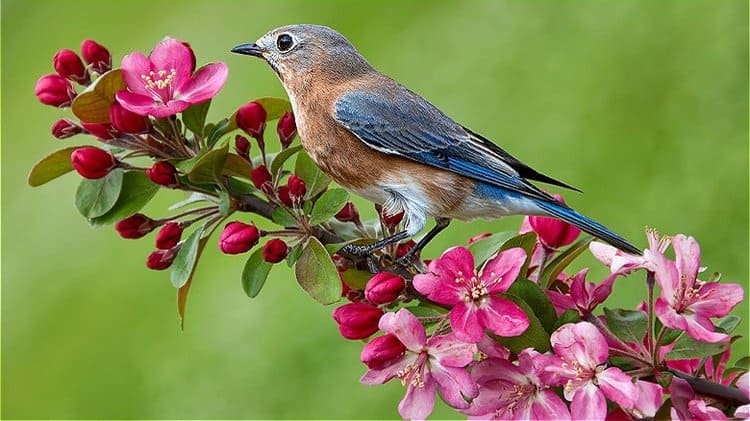
In the spring, crabapples put on a gorgeous show of blooms that range from white to red. There are many species of crabapple that grow throughout the United States, both native and cultivated types. These trees are an excellent alternative to Bradford pear trees, which are becoming invasive in many regions because they’re similar in size and bloom production. The small, tart fruits that appear after the blooms fade make a wonderful winter meal for stunning birds like grosbeaks and different types of woodpeckers.
9. Sunflowers
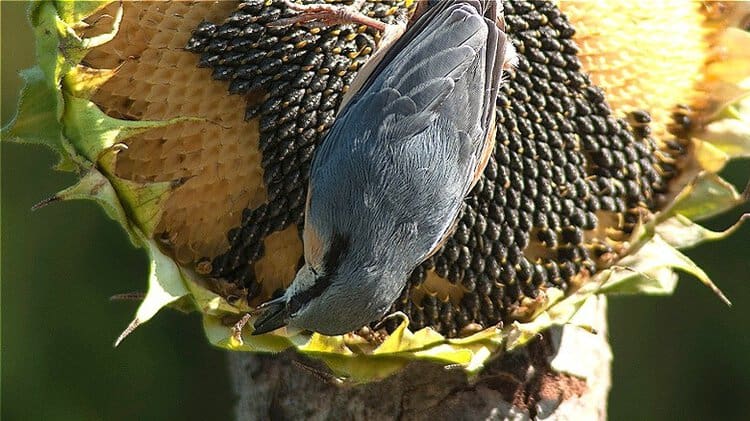
Perhaps sunflowers are an obvious addition to this list, but if you’re really interested in attracting songbirds, the right varieties are the key to producing the food they want. Sunflowers are annuals easily grown from seed to feed birds. You can find mammoth gray-striped seeds almost everywhere in the spring, and with heads that grow up to a foot wide, just one bloom provides lots of food. Leave the dry seed heads on the stalk to attract chickadees and nuthatches, just to name a few of the nearly 40 species that love this nutty treat.
10. Beautyberry

If you have a spot with partial shade to fill, a beautyberry bush might just be the perfect fit. Although the plant and the blooms it produces are pretty on their own, the real show of this plant are the clusters of pinkish-purple berries it produces in the fall. This gorgeous native tolerates consistently moist soil, making it a good option if you have areas in your yard with poor drainage. Since these berries mature as fall migration begins, you may be able to attract songbirds to your yard that you’d rarely see otherwise, like warblers.
11. Coreopsis
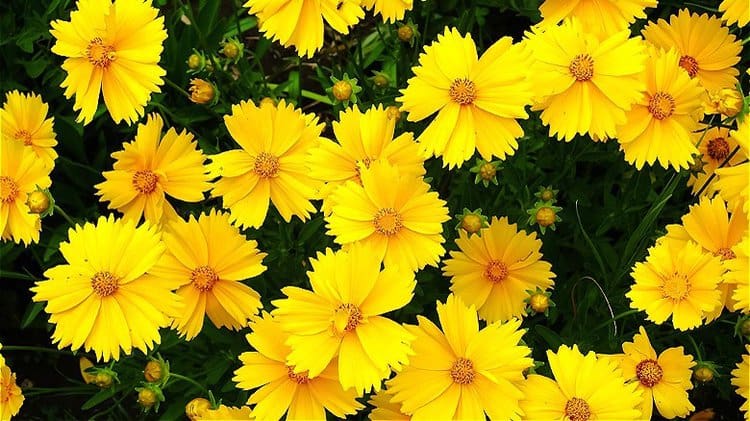
Coreopsis comes in different sizes and colors, so you can probably find an option to tuck into any empty space in your landscape. The most common version of this flower boasts bright yellow blooms in late spring and summer, giving way to seed heads that provide food for winter songbirds. These seeds are loved by small birds like chickadees, finches, and sparrows.
What you can do
Support ‘Fighting for Wildlife’ by donating as little as $1 – It only takes a minute. Thank you.
Fighting for Wildlife supports approved wildlife conservation organizations, which spend at least 80 percent of the money they raise on actual fieldwork, rather than administration and fundraising. When making a donation you can designate for which type of initiative it should be used – wildlife, oceans, forests or climate.
This article by Tiffany Selvey was first published by House Digest on 31 October 2023. Lead Image: Nitr/Shutterstock.

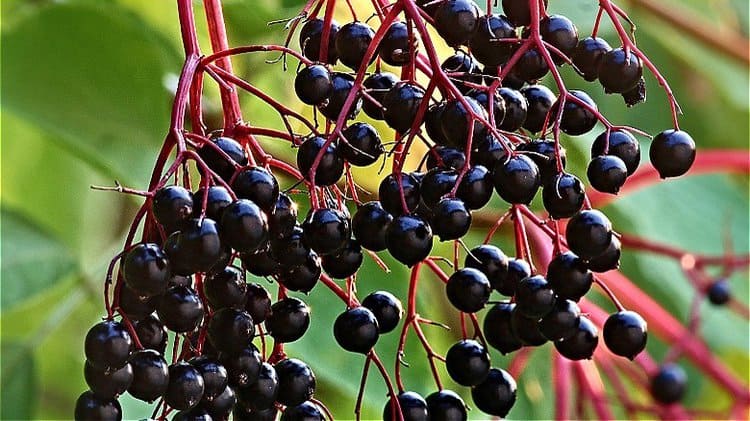
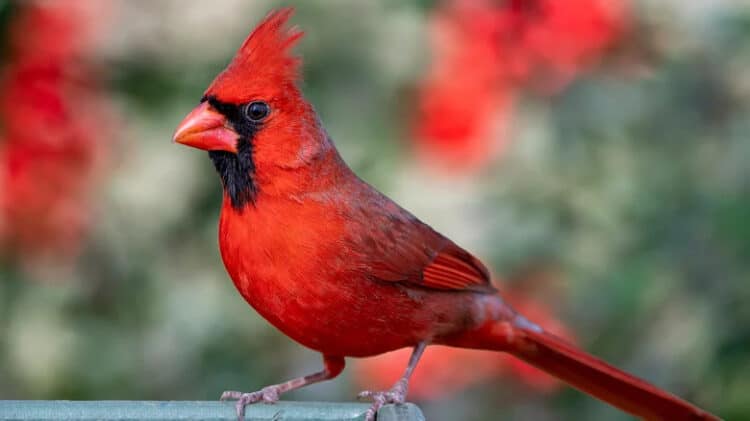
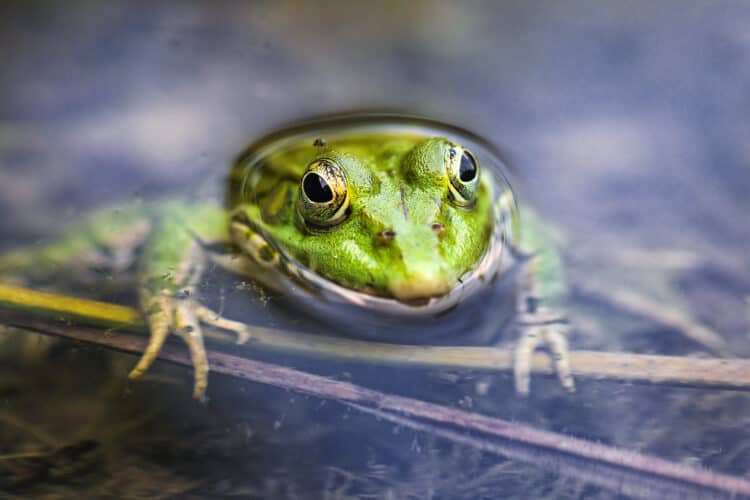




Leave a Reply